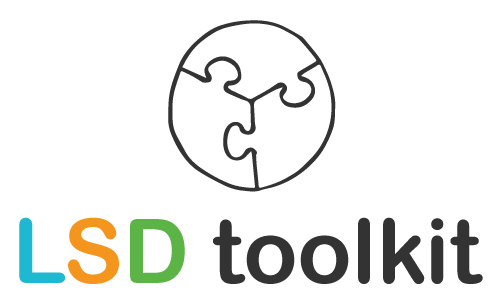What are user stories? And why do we often use them in Scrum? And when can you better use them in a different form to describe wishes?
USER STORY
The user story is the user story. But you had already figured that out. The user story has a typical format:
“ As…. I want…. so that…. “
“ As a user of the administration software I want a recognizable save button so that I don’t lose any work. “
The idea is that in the ‘so that …’ there is room for the developers to come up with the best solution. In the example, the user does not want to lose work and do for nothing. He (or the prodyct owner) has devised a save button for this. But a smart developer mainly reads the problem. “What do you mean, a button, can’t we save the edits automatically?”
JOB STORY
Sometimes the user is irrelevant. Then you always get the same user story:
“As a user, I want …”
“As a user, I want …”
(And in practice: “As a Product owner, I want…”)
You see this especially with functional requirements. In this case, the job story is a good alternative. The format of the job story is:
“When … I need … So that …”
“When a popup appears, I need it to be placed at the bottom of the screen so that it does not cover the content. “
FROM-TO
An even easier way of describing work is using the From-To format. This works for simple bugs on a site
From: broken link To: working link.
